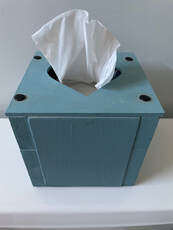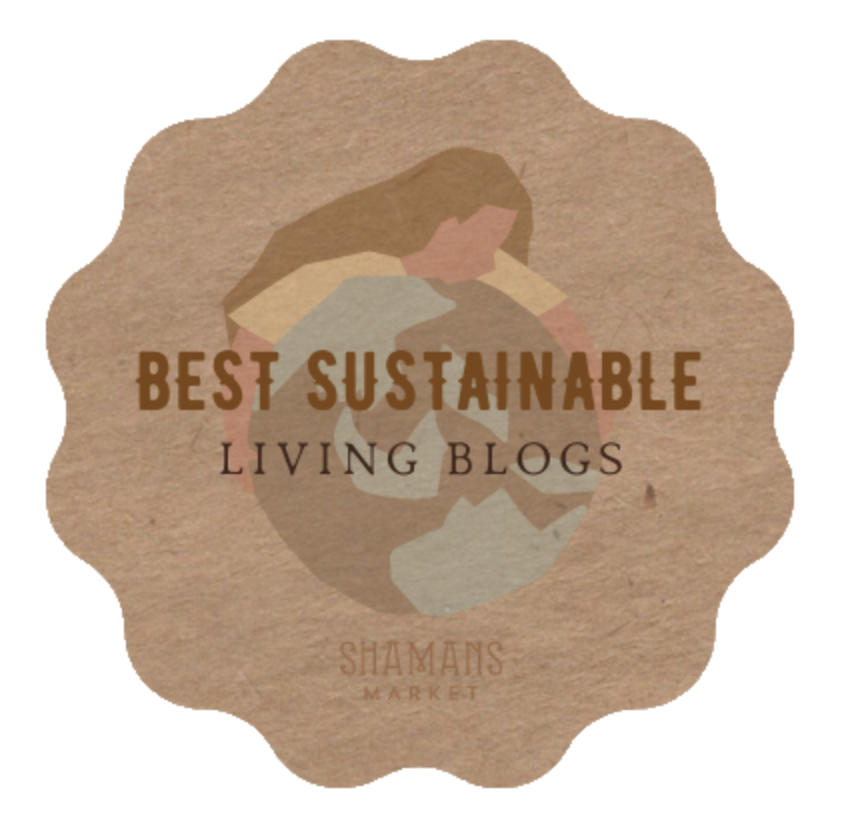 Homemade Tissue Box
Homemade Tissue Box Tissues are very useful and because everyone uses tissues one time or many times in their lives, perhaps we should use some good old American ingenuity to improvise the way they are sold.
The image shown is a tissue box I made to cover the cardboard tissue box purchased in a store. I used left over pieces of wood from other projects and made a matching waste pail. Now while these actions avoided the purchase of new wood and a tissue box cover and pail made of plastic, the key word is plastic, I also was trapped in a whirlpool of thought involving redundancy.
The very wooden cover I made in the shape of a box, was covering a cardboard box. A cardboard box that may get recycled, tossed into the garbage or very rarely today, used to build a house for toys by turning the box inside out and drawing windows and doors upon the surface. When I was a kid, I did that all the time. Cereal boxes became castles, cookie boxes became Fire Departments for Matchbox cars and Refrigerator boxes became space ships. Sadly, are those days of creativity over?
Nevertheless, my wooden box and plastic box covers create redundancy. We do not need two boxes, so hopefully the manufacturing companies of tissues in boxes can take this suggestion to the bank. They can save production money while less cardboard is used or wasted. A lower manufacturing cost should mean lower prices for us the consumer! Additionally, all the cardboard being saved will help our environment.
The solution is easy... sell the tissues in a paper, not plastic, a paper bag as a refill in the boxes we already have at home. Perhaps even do an Introductory Offer by selling different sized decorative boxes for the bag of refill tissues. My parents had a nice metal tissue box cover from when they were married. That decorative metal tissue box cover lasted almost 50 years before the edges started to rust. When I saw the rust, I painted the box with a new color.
Tissues sold as refills and packaged in paper instead of cardboard will be more sustainable across-the-board. Reason being, paper gets recycled more than cardboard.
Bill Lauto, at GoingTrueGreen.com
Environmental Scientist
International Sustainability and Energy Consultant
Contribute your comments!






















